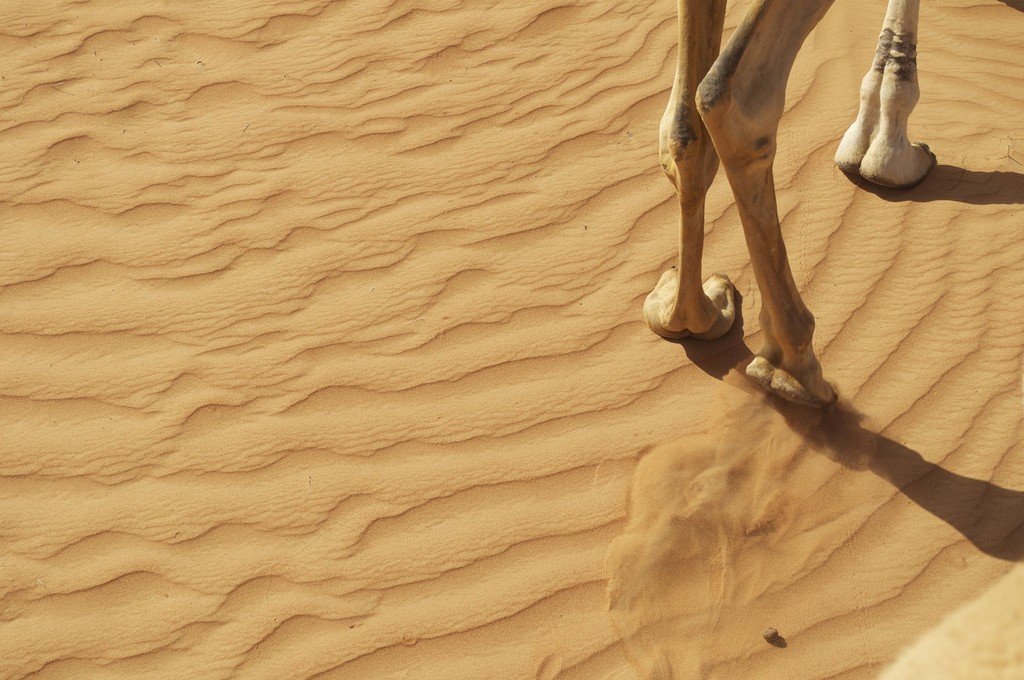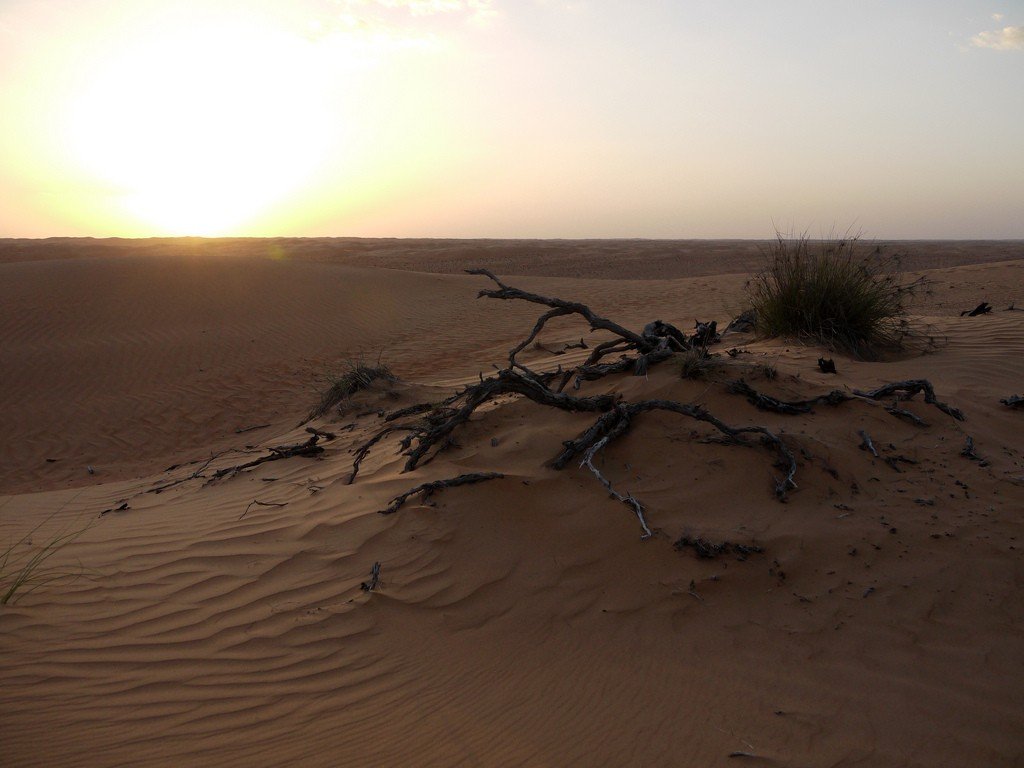Wahiba Sands
Wahiba Sands is a desert consisting of sloping dunes stretching 180 km from north to south and 80 km from east to west. The highest dunes, which are up to 100 meters high, are in the northern part of Wahib. The closer to the southern coast, the lower the dunes are. Since the dunes run in corridors from north to south, navigating in the desert is quite easy – you always drive in a straight line.










General information
But crossing the desert from east to west is not easy. You’ll have to spend hours looking for a road and digging out a stuck car.
The best way to get across is to drive into the desert from the east to the west.
The best way to enter the desert is from the north of al-Mintirib / Bidiyah fortress. If you intend to cross the desert completely, fill up a full tank on the main road. You can enter the desert from the south anywhere between Hayyah and al-Nughda. To cross the desert from north to south, you will have to drive 180 kilometers through the sands.
.If you are traveling alone but still want to visit the desert without putting yourself in danger, don’t go too far into the sands.
.You can drive from al-Mintirib / Bidiyah fortress 7 km east (left) to al-Huwaya. This large oasis at the very edge of the desert is known for its extensive date palm and banana plantations. High dunes completely surround the oasis. You can picnic near the plantation at the edge of the desert, or you can dine in the shade while admiring the beautiful dunes.
.From June through September, several local Bedouin families move completely into the oasis with their livestock. They live in palm huts and pick dates.
The stubble road goes from here into the desert for 24 kilometers. Further on, the sands begin. If you are curious, you can test your strength on this section.
.
In 1986, the Royal Geographical Society organized an expedition to the Wahiba Desert. Their discoveries sparked the interest of scientists around the world. The team consisted of 35 scientists. They found 150 species of plants, 200 species of mammals, birds, reptiles and amphibians and 16,000 invertebrates in the desert.
.
A curious phenomenon can be observed on the eastern border of the desert. Here grows a whole forest of acacia and mesquite trees. The only source of water is dew. Bedouin dwellings are scattered between the trees.
Unique desert
No other desert in the world has such a wealth of material for researchers trying to piece together the puzzle pieces of desert regions. The complete isolation and size of this desert makes it possible to explore it comprehensively. It takes three days to get around the Wahhiba Desert by jeep.
.Royal Geographical Society Project Manager, 1986
.